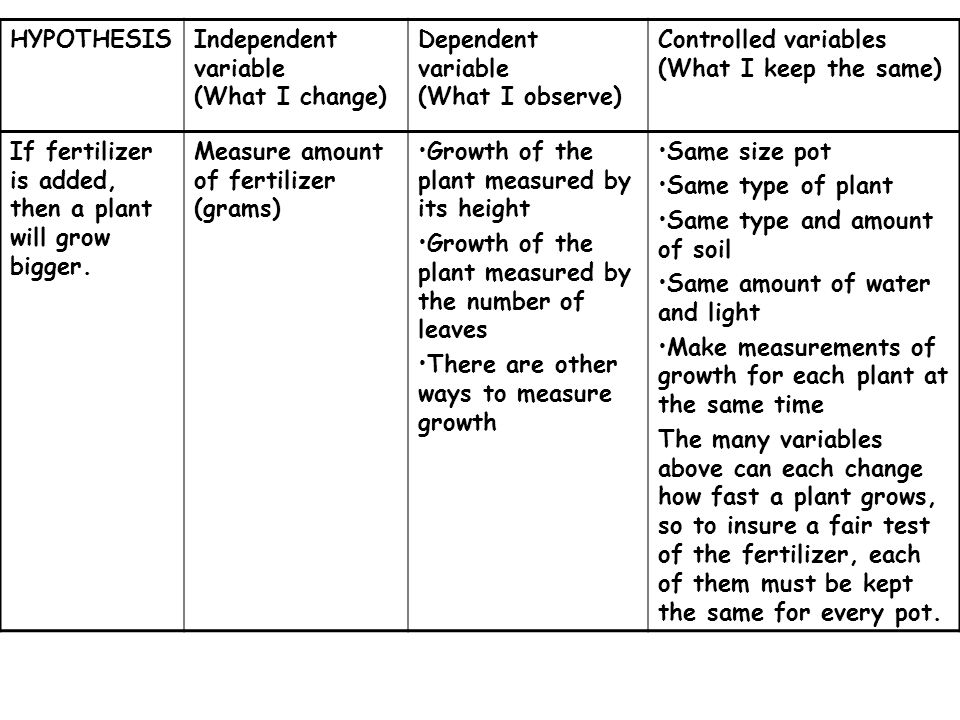
Participants are selected at random from the same population, which can be anything from individuals to entire neighborhoods or school districts. In an RCT, differences in outcomes between treatment and control groups can be attributed, on average, to program availability and participation rather than to differences in unobserved characteristics between program participants and nonparticipants. RCTs can often provide the strongest causal evidence about a program’s effectiveness. Because the groups are randomly assigned, they do not differ in any systematic way that might explain the difference in outcomes. The impact of the intervention is then measured by differences in outcomes between the two groups. ^ 0.In randomized controlled trials (RCTs), also known as experiments, participants are randomly assigned to treatment and control groups the treatment group receives the proposed intervention and the control group does not.

Font = 14Īlways use Option Explicit to check the correct and complete declaration of all variables (would have been fine to include some in your code).īTW did you actually calculate the control's width via an exponent, i.e. Set ctl = Me.Controls(tempname) ' instead of: Set ctl = Me.frmtst(tempname)Ĭtl.Font.Size = 14 ' instead of. Dim ctl As MsForms.TextBox ' declare MSForms object (e.g. You should decide to stick to the chosen method.
#Control variable code#
If, however you prefer to set an object to the memory, the code line as shown in case is redundant and Me.Controls(tempname).Font.Size = 14 ' instead of: Me.Controls(tempname).Value.Font = 14 Font property ' Indirect referencing a control of the current Userform instance - bad. Me. = 14 ' instead of: Me.test.Font = 14ġb) Bad insertion of. Font ' Direct referencing a control of the current Userform instance - missing. Suggested reading for a deeper understanding: UserForm1.Show?ġa) Missing. frmtst) from that form's code behind.įurthermore it's impossible to refer to both within the same statement like Me.frmtst(tempname). It's bad use, however to refer to the default instance of a UserForm (e.g. Note that the particle Me always refers to the current UserForm instance (not to its name) and can/should be used within the userform code module.įor instance you can refer to Me.Controls or a given item within the controls' collection, e.g.


Me.test.Font = 14 'set the font on a test textbox Tempname = rs.Fields.Item(countfields).Name & CountRecordsį "forms.textbox.1", tempname For CountRecords = 0 To rs.RecordCount - 1įor countfields = 0 To rs.Fields.Count - 1 I think I've tried every combination but none has been successful. I need to know the proper Syntax to make that work. I name them and can modify the font if I refer to them by name Me.(control variable name).Font. I am creating controls with VBA and cannot set the font by referring to them as a control.


 0 kommentar(er)
0 kommentar(er)
